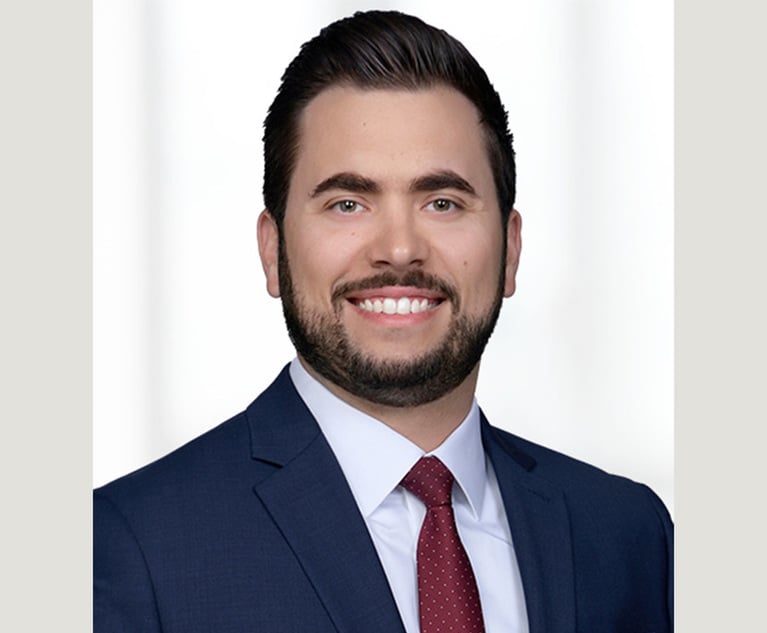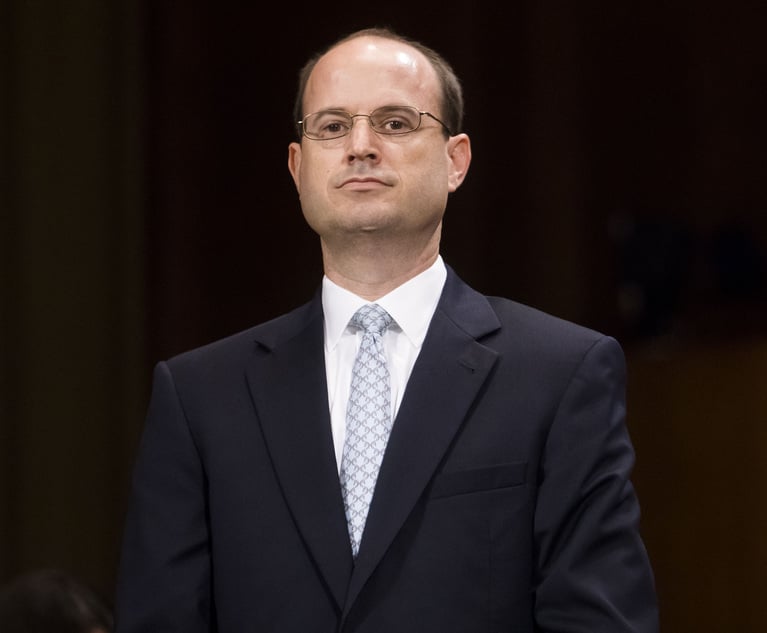Employers have long maintained written anti-harassment and anti-discrimination policies and have also utilized workplace training both to inform employees about those policies and to arm employees with the parameters of acceptable versus unacceptable workplace behavior. The more traditional workplace training also tends to focus on “illegal” conduct as well as how to report issues of harassment and discrimination. These training methods were born out of a duo of U.S. Supreme Court decisions from 20 years ago: Faragher v. City of Boca Raton and Ellerth v. Burlington Industries. On the same day in 1998, the Supreme Court’s decisions in these two workplace harassment cases have come to be known as the “Faragher-Ellerth Defense” and have formed the cornerstone of workplace training programs. Essentially, the Supreme Court ruled that employers could have a defense to a claim of sexual harassment where: the employer exercised reasonable care to prevent and promptly correct harassment; and the employee unreasonably failed to take advantage of those corrective opportunities provided by the employer. Employers across the country, therefore, instituted both written anti-harassment policies and began conducting workplace training on those policies.
It is no secret that the workplace landscape has shifted dramatically over the last year with the groundswell of support and awareness generated by the #MeToo and #TimesUp movements. These two movements have highlighted the ways in which traditional workplace training may not be properly addressing employee concerns. For example, the Equal Employment Opportunity Commission has reported that traffic to its own website has increased 400 percent since the inception of #MeToo. As a result, the commission has instituted a new training and outreach program as well as an online portal for employees to submit complaints. Employers continue to await finalization of the commission’s 2017 proposed guidance on issues of workplace harassment and professionalism.


 Jennifer T. Williams, member of Cozen O’Connnor in Miami.
Jennifer T. Williams, member of Cozen O’Connnor in Miami.




